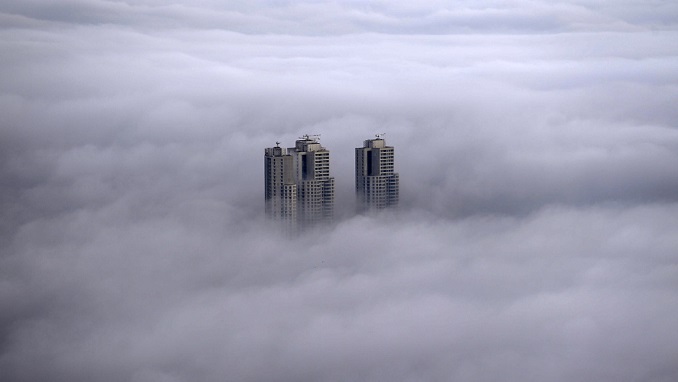
According to a report by the United Nations Environment Program released Thursday, a third of the countries worldwide have no legally mandated ambient air quality standards in place and no single international air quality apparatus exist although there are some regional air quality frameworks, The Hill reports.
UNEP’s analysis co-authored by Professor Eloise Scotford of UCL Laws – the first ever assessment of air quality laws and regulations by UNEP – examined laws on the books in 194 countries and the EU and found that although 66% of countries have mandates in some form, standards vary widely and are often less ambitious than WHO guidelines.
As an example, Chilean Supreme Court ruled in 2015 that the air quality standard establish two decades ago could not be withdrawn without a full policymaking process, preventing the enactment of a 2013 ministerial decree establishing new standards.
On top of that, at least 31% of countries worldwide that do have the power to introduce ambient air quality standards are yet to adopt them.
Meanwhile, the WHO identified air pollution as the single largest environmental health risk, disproportionately affecting women, children and elderly people in low-income countries, and pointed that at least 92% of the world’s population live in places where air pollution levels exceed safe limits,
UNEP’s executive director Inger Andersen warned that there’s no vaccine to prevent seven million premature deaths caused by air pollution each year- a number expected to increase by more than 50% by 2050- stressing that governments must do more to ensure the air we breathe is clean and safe since it is a fundamental public good.
The report named “Regulating Air Quality: The first global assessment of air pollution legislation”, launched ahead of September 7, the International Day of Clean Air for blue skies, calls on more countries to adopt stricter air quality laws and standards for both indoor and ambient air pollution and improving legal mechanisms for air quality monitoring, among other things.
It notes that the majority of national air quality laws feature concentration-based standards that are not aligned with WHO guidelines due to various reasons and affected by design features such as geographical coverage, the adopted air quality metric, the time frame for compliance and other kinds of derogations.




Be the first to comment